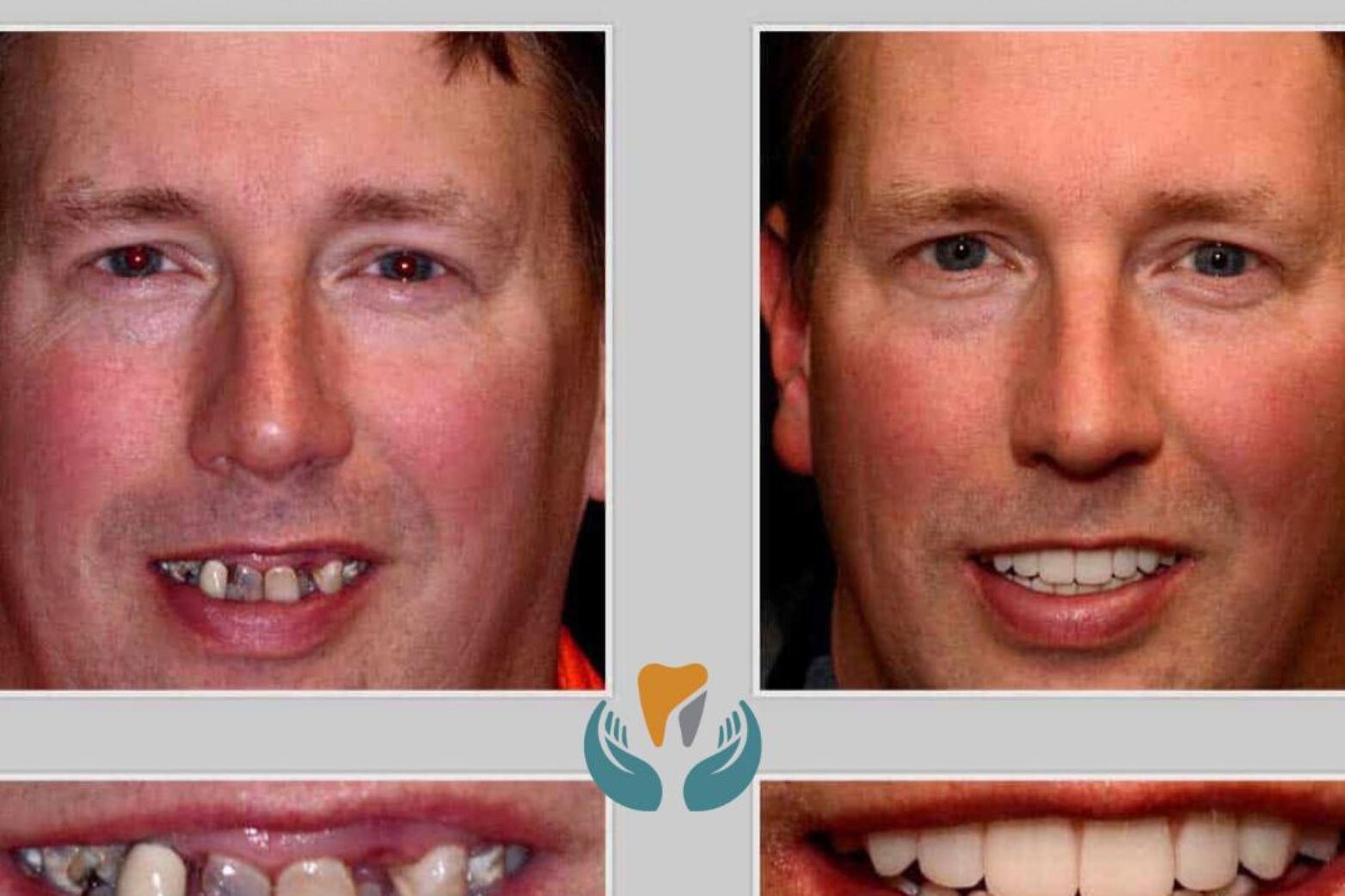
If you have crooked, worn, discolored, damaged, or unhealthy teeth, your dentist may recommend tooth or dental restoration. There are several different types of tooth restoration you may wish to consider.
Tooth restoration can restore the natural function of your teeth, plus prevent additional damage from decay. These procedures can also restore the look of your teeth and can be beneficial for cosmetic reasons.
In many instances, a dental restoration procedure may restore tooth function and appearance at the same time.
There are a number of procedures which can restore the look and function of teeth. The type of restoration procedure you need will be determined by the type and scope of dental damage you have.
Common dental restoration procedures include:
Fillings are used to fill in a cavity, caused by dental decay. This is the most common type of tooth restoration.
Fillings are done in a dentist’s office and don’t require a specialist’s care.
Your dentist will clean out the tooth decay and fill in the cavity. Several different materials may be used in a dental filling, including silver amalgam or composite resin.
If the tooth is near the front of your mouth and visible when you speak or smile, your dentist may recommend using a tooth-colored material for the filling. Options include:
Dental crowns are a type of cap placed over an entire tooth. Dental crowns are used to protect:
They’re also used to anchor a bridge that replaces missing teeth.
Crowns are placed by a dentist or a dental specialist known as a prosthodontist. If you need a crown, your dentist may be able to make it in their office.
In most cases, a dental professional will take an impression of your tooth and send it to a lab, where your crown will be made. When this occurs, a temporary crown will be placed over your natural tooth until your dentist can replace it with the actual crown.
Implants are artificial roots that hold replacement teeth, such as crowns or bridges, in place. There are two main types:
Dental implants look and feel like natural teeth. They can help improve your bite and speech.
Implants require multiple procedures prior to completion. Though they can take several months to complete, they may last for decades.
Oral surgeons and periodontists are the type of dentists that do implant procedures.
Bridges are false teeth (pontics) used to replace missing teeth. They’re attached by crowns on surrounding teeth (abutments), restoring both look and function to your mouth.
Bridges are usually made from porcelain that matches the natural color of your existing teeth. They may also be made from porcelain bonded to a stronger metal underneath.
A bridge may require your dentist to cover the healthy teeth on either side of it with crowns (called retainers) to anchor it in place. In some instances, it may also require the support of dental implants under the new teeth.
The number of missing teeth and their location will determine the type of bridge you need. The quality of your abutment teeth, which are the teeth on either side of the bridge, may also be a factor.
It may take several appointments before bridgework is complete.
A general dentist or prothodontist, a dentist who specializes in repairing or replacing missing or damaged teeth, can do a bridge procedure.
Dentures are removable false teeth used to replace missing teeth. Dentures look just like teeth and their surrounding gums.
If you’ve lost all your teeth due to injury, tooth decay, or gum disease, you may get a full set of dentures. If you have some of your own natural teeth, you may get a partial denture to replace your missing teeth.
In some instances, you may have cracked or decayed teeth pulled prior to being fitted for dentures.
Veneers are tooth-colored, natural-looking shells that cover the front of a tooth or several teeth. It’s considered a cosmetic procedure used to perfect the look of damaged teeth.
Veneers may make small or short teeth appear more even. They can also bring uniformity to discolored, cracked, or chipped teeth.
Veneers may be made from porcelain or composite resin. There are two types of veneer procedures:
Veneers may last anywhere from 5 to 15 years with proper care.
Tooth bonding is used to perfect the appearance of discolored, cracked, or chipped teeth.
Your dentist will apply a composite resin to your tooth that matches the color of your natural teeth. The dentist will mold and shape the resin, then harden it with an ultraviolet light.
Tooth bonding isn’t as sturdy as a veneer or crown. Bonded teeth may chip easily, requiring an additional restoration procedure.
It’s important to stay ahead of dental problems by seeing your dentist regularly.
Teeth that hurt or bleed should be assessed quickly. Any signs of infection, such as oozing or swelling, also require immediate care.
If you have cracked, discolored, chipped, or missing teeth, talk with your dentist about dental restoration procedures that can improve the appearance of your teeth and help you avoid additional tooth damage.



